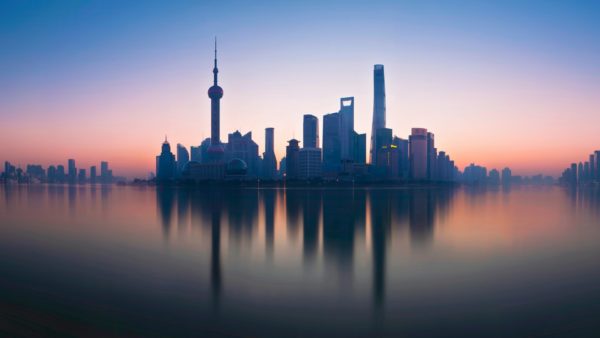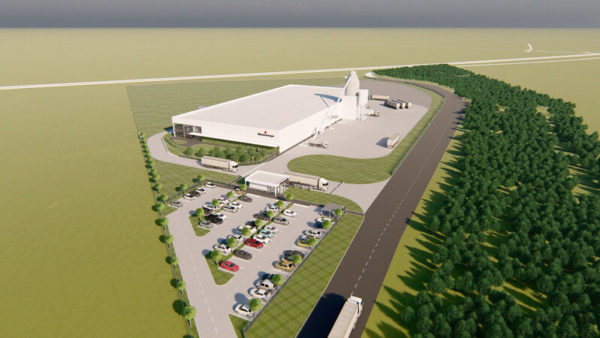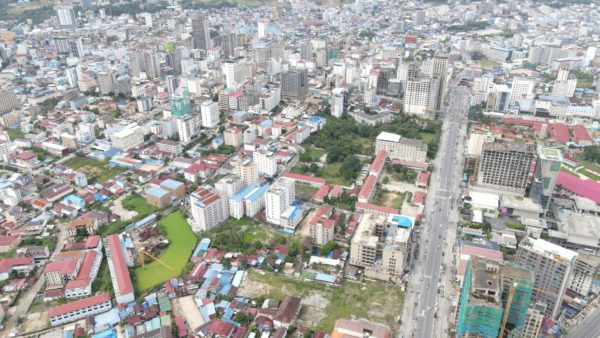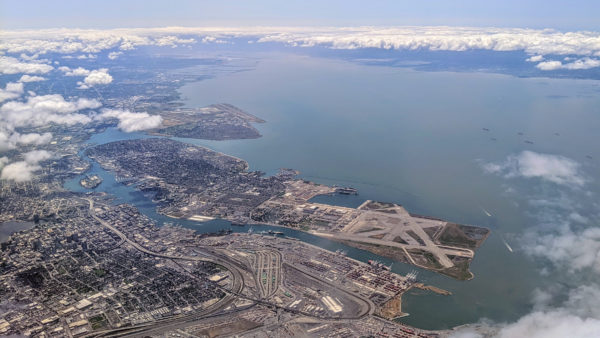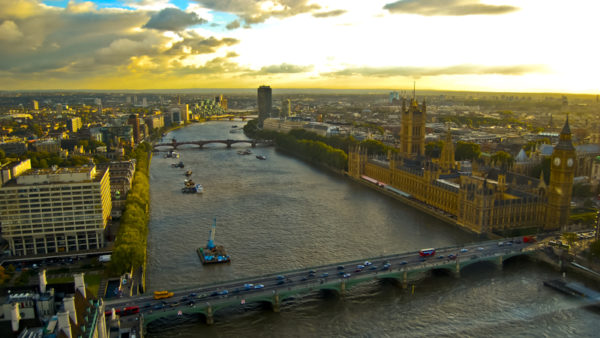European operator Kempinski quits infamous Pyongyang hotel as North Korea steps up its bellicose rhetoric.
The extraordinary story of the Ryugyong Hotel in North Korea took another twist last month after a European hotel operator announced that it was abandoning plans to run it when – and if – it is completed later this year.
Kempinski, which runs 76 five-star hotels around the world, had agreed to run the hotel once it was completed.
Kempinski had formed a joint venture with the Beijing Tourism Group, and planned to turn the Ryugyong into the centre of North Korea’s tiny tourist industry, catering mainly to Chinese visitors.
Reto Wittwer, the Geneva-based company’s chief executive, told a business forum in Seoul last year that its domination of the market would turn the hotel into a "money printing machine".
Michael Henssler, the president of Kempinski’s Chinese division, told the online newspaper International Business Times in December that the hotel would "absolutely meet international standards".
He said it would include five revolving restaurants, a spa, a ballroom, shops, theatre and cinema.
The decision to abandon these plans is thought to be a response to the increased tension on the Korean peninsula following the death of Kim Jong-il in December last year, and his replacement by his son, Kim Jong-un.
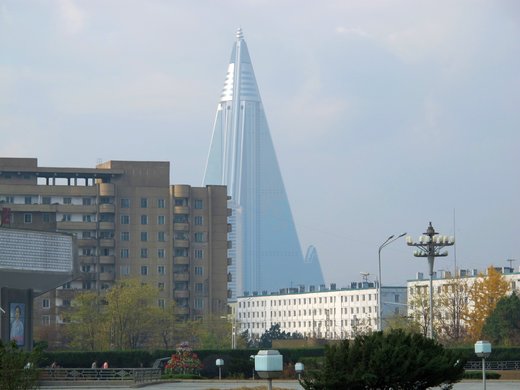
The Ryugyong Hotel began as a vanity project in 1987, but stopped in mid-construction in 1992 when the Soviet Union collapsed. (Photo by Keith B. Richburg/The Washington Post via Getty Images)
North Korea has issued threats of nuclear strikes against South Korea and the US after the isolated regime was condemned for testing weapons and for threatening to restart a reactor.
However, doubts also remain about whether the hotel will be ready to begin receiving visitors in the summer.
Simon Parry, a freelance journalist who made a clandestine visit to the project last year, told CNN that when he "stepped through scaffolding into the lobby and looked inside, there were no completed surfaces, just bare concrete and one electric light hanging down".
The Ryugyong is sometimes called the 105 Building in reference to its number floors, but its disastrous construction history has made it more familiar as "hotel of doom" or "the worst building in the history of mankind".
The 330 metre-high pyramid was conceived as a response to Seoul’s hosting of the 1988 Olympic Games.
Work began in 1987 with the initial deadline of the opening of the 13th World Festival of Youth and Students in 1989.
Baikdoosan Architects & Engineers, a local contractor, succeeded in erecting the concrete frame, but economic mismanagement and technical problems delayed progress.
Work was stopped in 1992 following the fall of the Soviet Union and the near collapse of the North Korean economy.
It was estimated that, by that time, the cost of the project was something like $750m, or 2% of the country’s GDP.
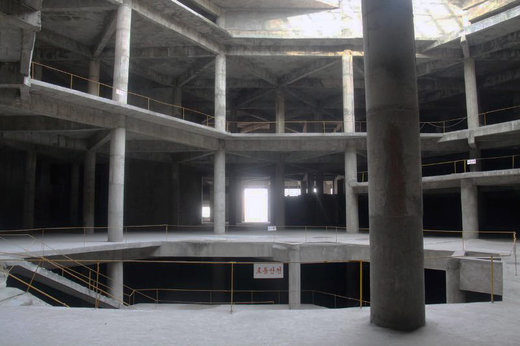
Still a long way to go: a Chinese tour group took this picture of the hotel’s bare concrete interior in 2012
The 3,000 room hotel then spent 20 years as the largest unoccupied building in the world, and most commentators expected that it was more likely to be demolished than completed.
A group from the European Union Chamber of Commerce in Korea inspected the structure in the late nineties and reported that the poor quality of the concrete used in the frame, and "crooked" alignment of its elevator shafts made the building unusable.
So it came as some surprise when work on the project suddenly resumed in 2008.
The money for this was provided by Orascom Telecom, an Egyptian mobile phone carrier, as part of a $400m deal to run North Korea’s 3G telecoms network.
The apex of the pyramid will be taken up by antennae and equipment for Orascom’s mobile network.
The work is being undertaken by dozens of Egyptian engineers, and about 2,000 local workers.
Khaled Bichara, Orascom’s chief operating officer, commented in 2009 that there had not been "too many problems" on resolving structural issues, and its glass skin was completed in 2011, at a cost of $180m.
Parry, the Hong Kong based freelancer, described the hotel as "fantastic from the outside" and coated in "dazzling, coated in expensive glass tiles".
If Orascom can complete the interior, and if another hotel operator can be found to replace Kempinski, one of the longest construction projects of recent history will be completed, and North Korea will finally have its Ryugyong Hotel.





